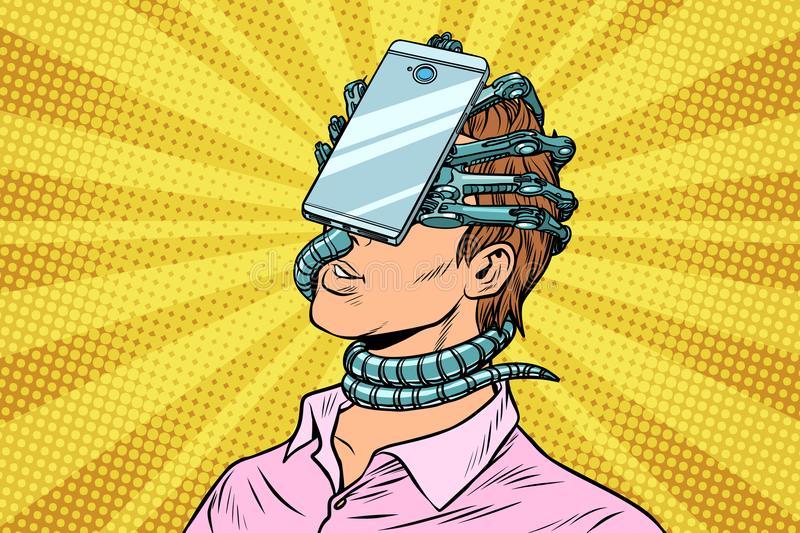Time is such a familiar mystery. We boast ourselves intimately acquainted but with one question we are at a loss, straining to describe the face of a stranger. What is time?
Einstein describes time as, “the reason things don’t happen all at once,” even though at times it seems that they do. However, many people are dissatisfied with such a simplified explanation (and frankly so was Einstein) . Scientifically, time is most often described as a measure of change. In a closed system this net change is always from ordered to disordered.
For a system to go from configuration A to configuration B, it will have to travel a distance through time to allow for change to occur. A description of this type, explains time as having distances or durations and spawns the idea that time is also a dimension. Not a dimension like the 3 spacial dimensions we are very familiar with in our physical world, but instead a temporal dimension. A dimension in time.
However, Einstein also proved with his theory of general relativity that time and space are linked and that our universe can be thought of as a web of space-time. Einsteins theory also showed that time itself is affected by the warping of space-time by mass (coined time dilation).
The most common example of this effect in real life is the global positioning system satellites (GPS). These satellites need to be calibrated with atomic clocks regularly or they would be inaccurate by miles a day! This is because at the high altitudes they are less effected by the mass of the earth and their clocks actually tick faster in orbit.
The remarkable part of this discovery is that it proved that time is not a static, unchanging entity. Instead, time was proven to be highly malleable and with enough mass or energy it could be sped up, stopped, or possibly even reversed. And so the topic of time travel has drifted away from fantasy world of science-fiction and into the very real realm of science-fact.
So according to Einstein, there are two things that effect time, mass and speed. Time passes slower near more mass or with more speed; and conversely, time moves faster near less mass and with less speed. Immediately this shows that time travel to the future is possible.
Theoretically, if we had enough energy, we could send a spaceship away from the earth close to the speed of light. Traveling this fast, time would slow for the space travelers but time would move much quicker back on earth. When these space travelers returned, they would return to a world much further into the future than their trip should have allowed. Depending on how fast they traveled, this world could be days, years, or even centuries into the future. Einstein imagined two twins, one that shot off into space and the other that stayed on earth. When the space traveler returned, his twin would be an old man but it would have been only a short trip for the still young rocket brother.
The same slowing of time could be done by closely circling a black hole or any other object with a large mass. However, this would be a one way trip because while we may be able to slow the rate of time or speed it up comparably, the arrow of time is always pointing in a future direction and travel to the past seems unreachable. This would explain why we are not frequently visited by future time travelers. However, there are a few hypothesized ways to reverse the arrow of time and travel into the past.
The most common method suggested for time travel is an Einstein-Rosen Bridge, which is most commonly referred to as a worm hole. This is essentially a tear in the fabric of space-time, a portal to a different place and time.
This idea spawned from the study of black holes but is strictly theoretical because a portal like this would require an enormous amount of energy (energy on the order of stars and galaxies) and the gravity involved would most likely rip a time traveler apart atom by atom through a process properly coined, spaghettification. So in order for this backward time travel to work, a person would have to be shielded from the gravitational forces and the portal would also have to be stable enough for it to remain open at a large enough size for a traveler to cross through.
It is not mathematically impossible to travel to the past, so perhaps our understanding is simply too juvenile at this point to accomplish backward time travel. And just maybe, one day, we will have advanced enough technology to make this dream a reality. Perhaps we should utilize forward time travel until we reach a civilization that has mastered backward time travel. But what then? What precautions must we take before leaping into the past, and what ramifications will this discovery have on our understanding of the world.
We all remember from the movie “Back to the Future” that most important thing we want to make sure we do not to do is anything that could possibly prevent us from ever being born (like killing your grandfather or preventing your parents from meeting). However, if you were foolish enough to kill your grandfather you would inevitably create a paradox. Because by killing your grandfather you cause yourself to not exist. But then if you do not exist, who killed your grandfather? This “grandfather paradox” is the reason that Stephen Hawking, along with many other scientists, do not believe time travel to the past is possible. This notion is based on two assumptions: that there is only one universe, and that it acts logically.
Most research, barring some aspects of quantum mechanics, points towards a logical universe. But as I stated earlier, according to logical math, time travel is possible in both directions.
The way theorists explain away this issue of paradoxes is by suggesting that there is not just one universe but instead that there are many parallel universes and that when you travel back in time you are also traveling into a different universe, or a different timeline. One can then imagine that there are a infinite amount of these universes and possibly these universes are all branching out and splitting like forks in the river of time or branches on a tree. Each branch slightly different from another, infinite possibilities and infinite diversity. (I will speak more about Multiple Universes in my next post) However, these extra universes are very hard to prove because any experimentation in this universe would not directly effect them. Because of this, extra dimensions are only spoken about in theory by primarily string theorists who have been scratching their heads for more than 30 years now.
Possibly we fail to be able to move backward in time because we fail to understand times role biologically because physically time should not have a definite direction. Our limitation in time travel then might be a biological one. Perhaps, we are stuck in this one way trip because of our minds. Like all things in this universe, all information we collect is done through the filter of our minds. There is still so much we dont understand about how our minds work.
The human brain is truly a complex machine, a machine that is bound by the laws of thermodynamics. It seems the mind is born a blank slate and then slowly grows and develops memories and functions. But how does the mind do this when the laws of thermodynamics require order to decrease in the forward direction of time? It does so by expending energy and doing work to create an ordered network in the mind.
Memories are then formed in the forward direction of time because of this formation of cells that create neural synapses. So we are slaves to our minds. Trapped on this journey by their structure.
So then why does it seem that only events in the past can affect those in the future and never the other way around? Again this may be a trick of the mind. We are so sure of free will. So sure that our choice is our own, that we can change the world.
On a cultural and philosophical level this paradigm is assuring but it does not seem to agree with our physical understanding of the world. Physically the world is predictable at the scale of humans. That is to say that with enough understanding an calculation a outcome of a physical interaction is predictable. The firings of the human mind do not suggest anything different. Perhaps the future is just as set in stone as our past, just that in this moment our brains lack the structure to know it.







Sooo cool!